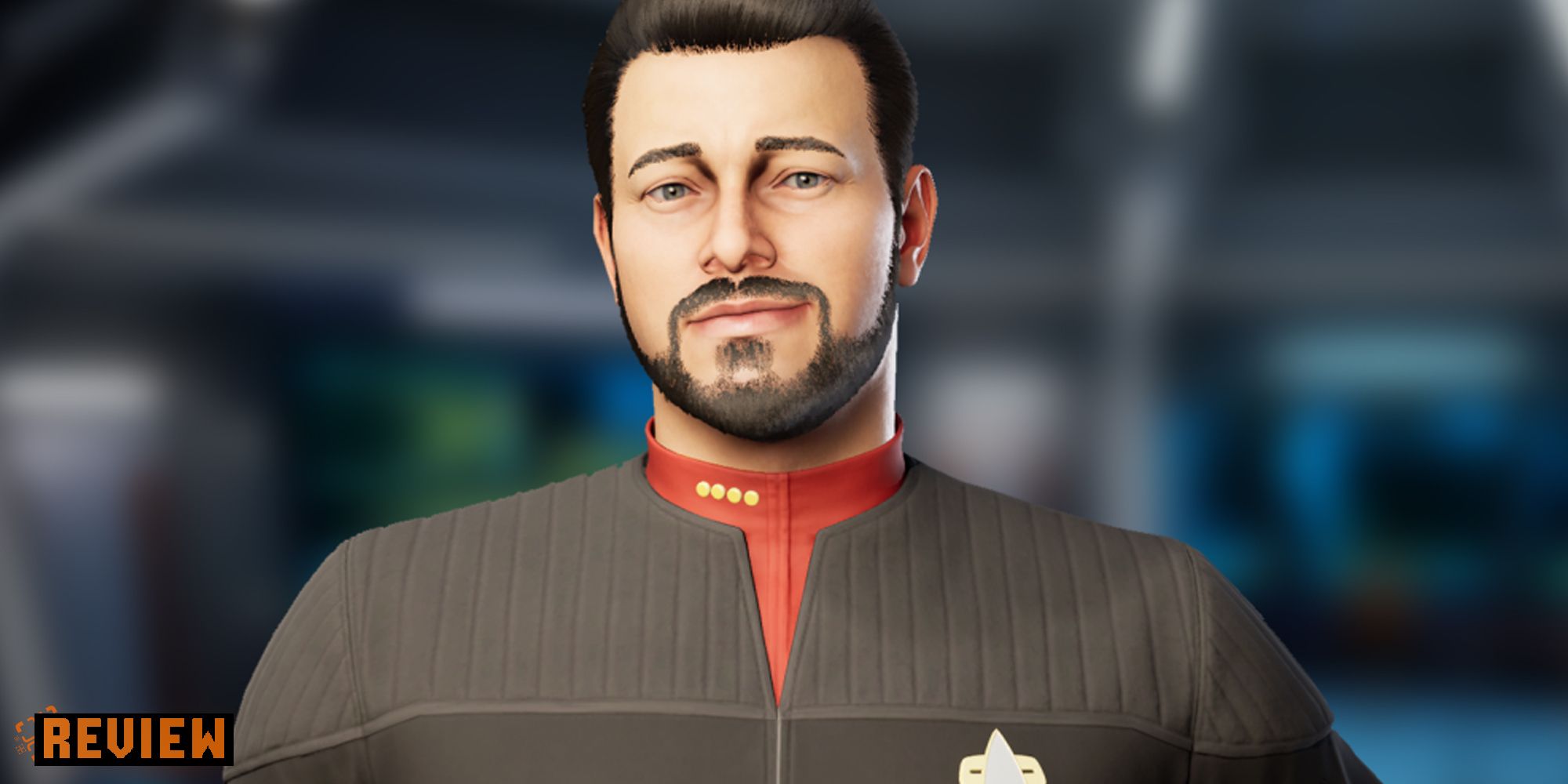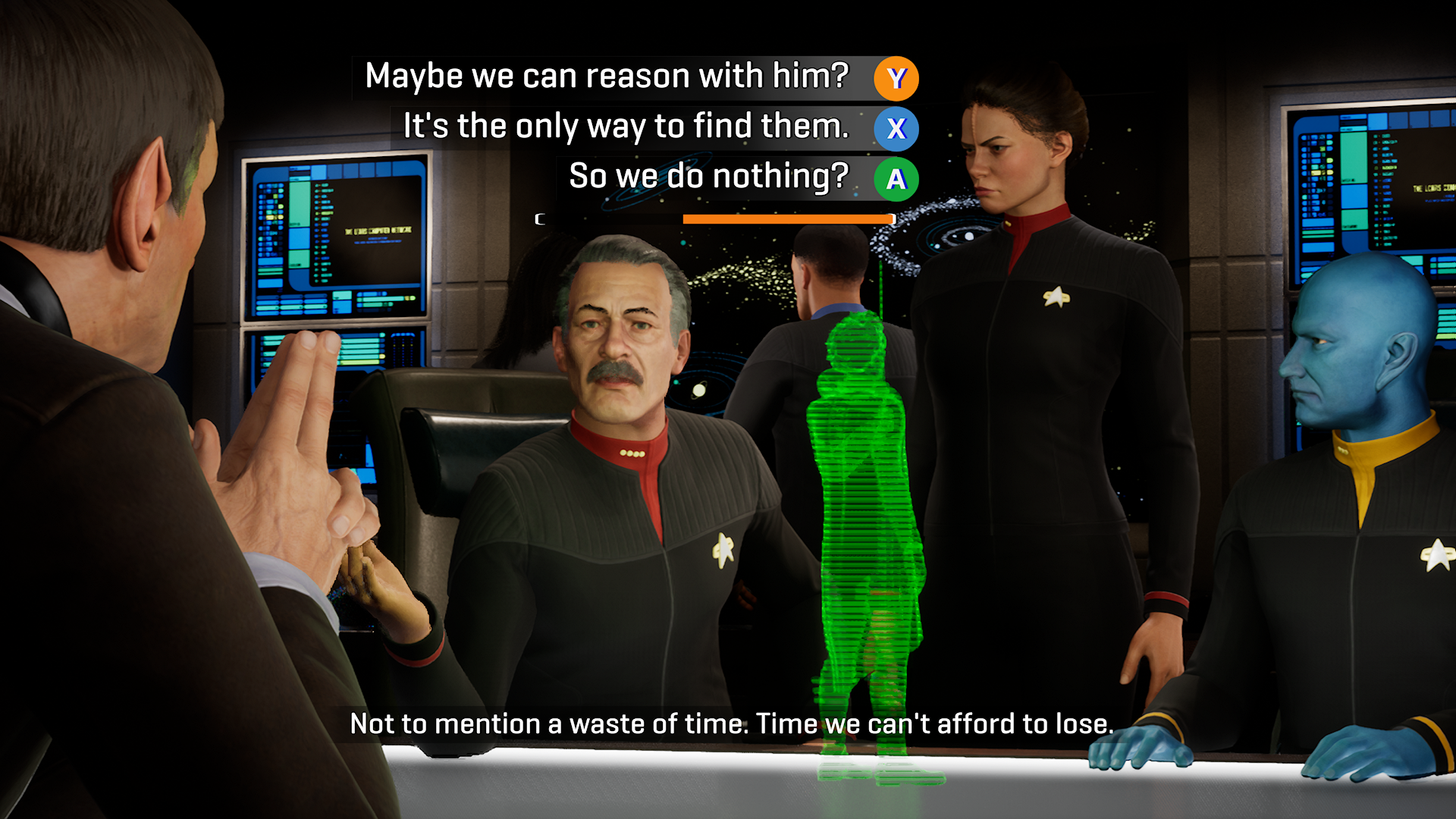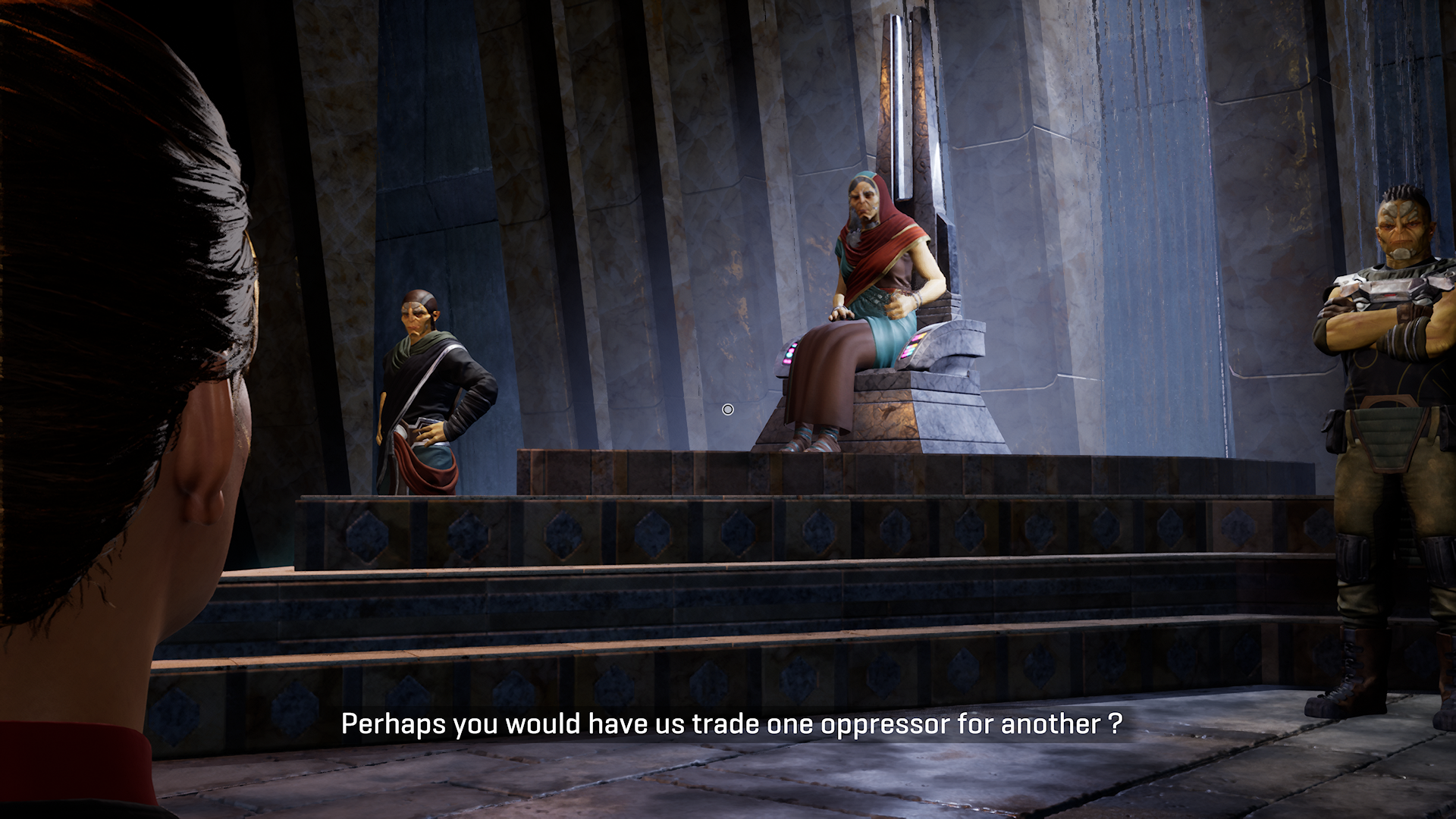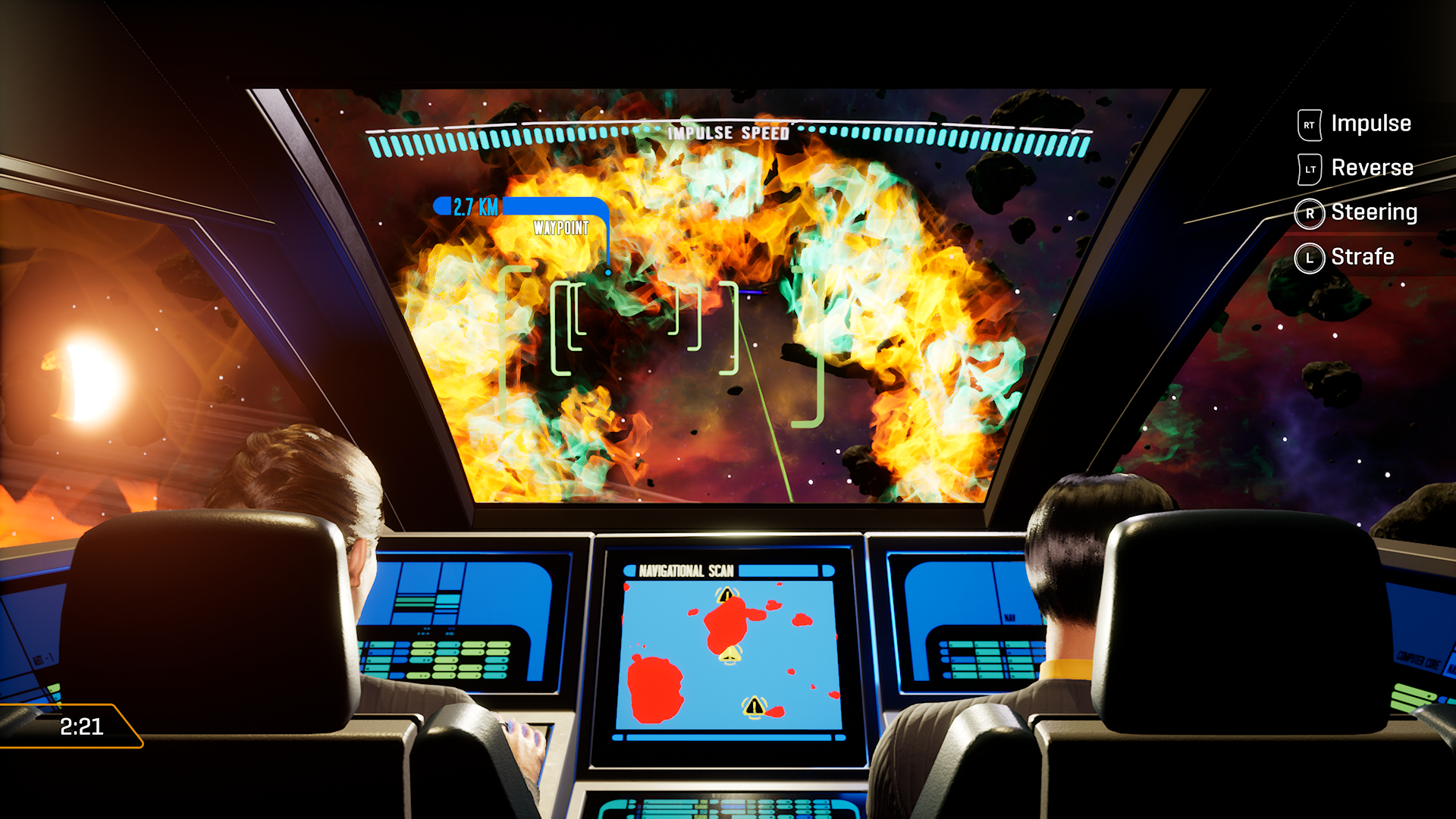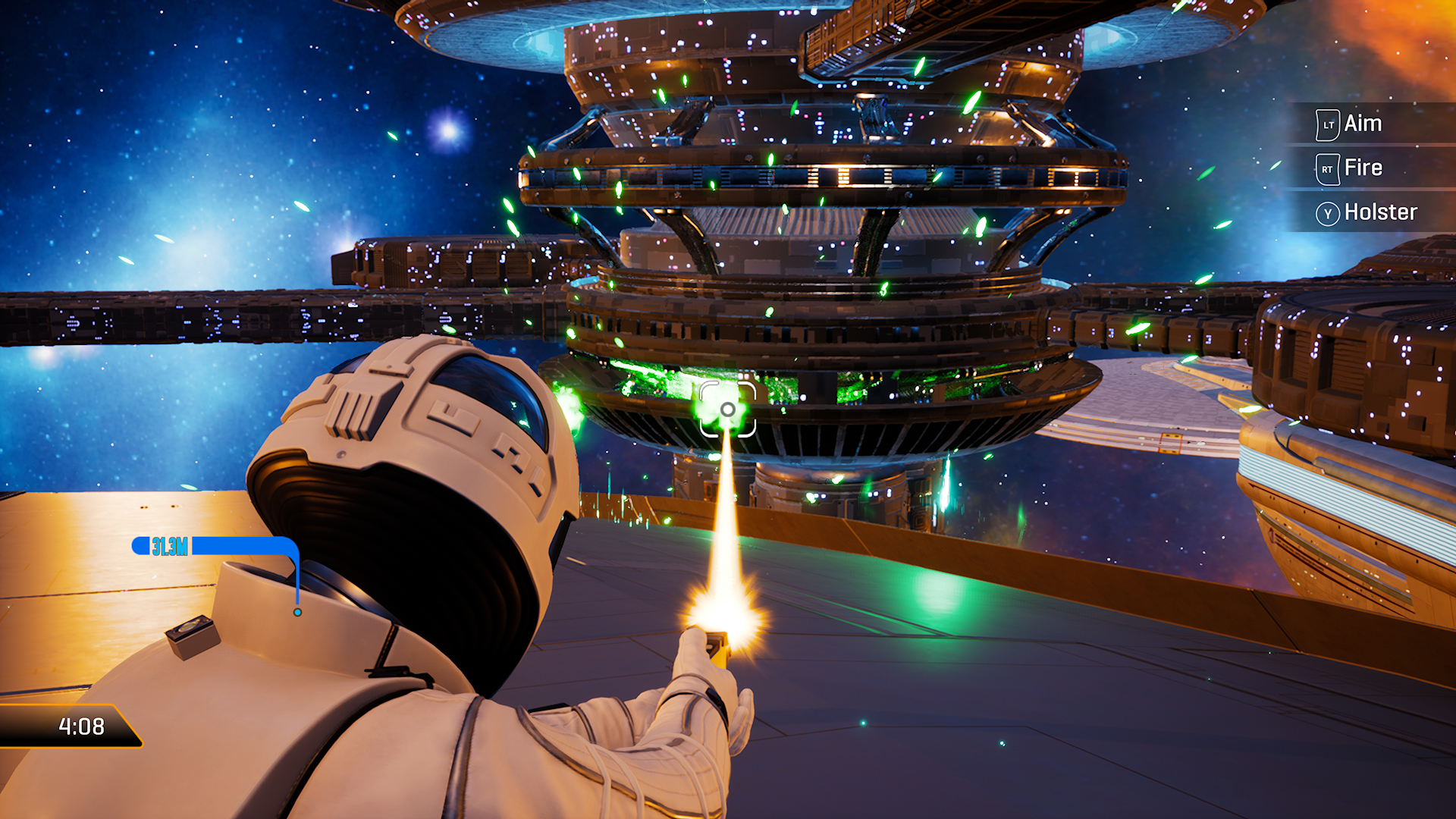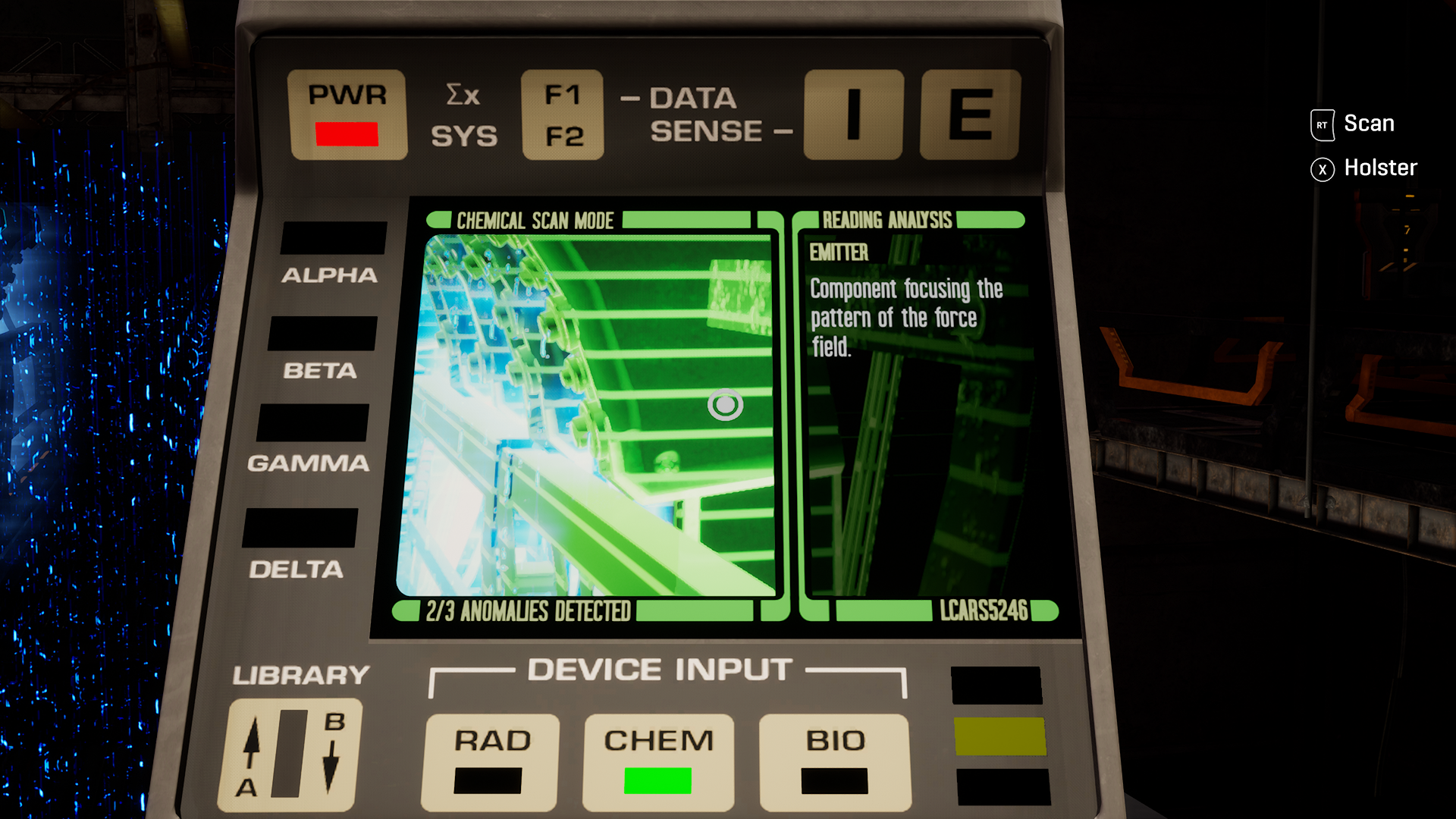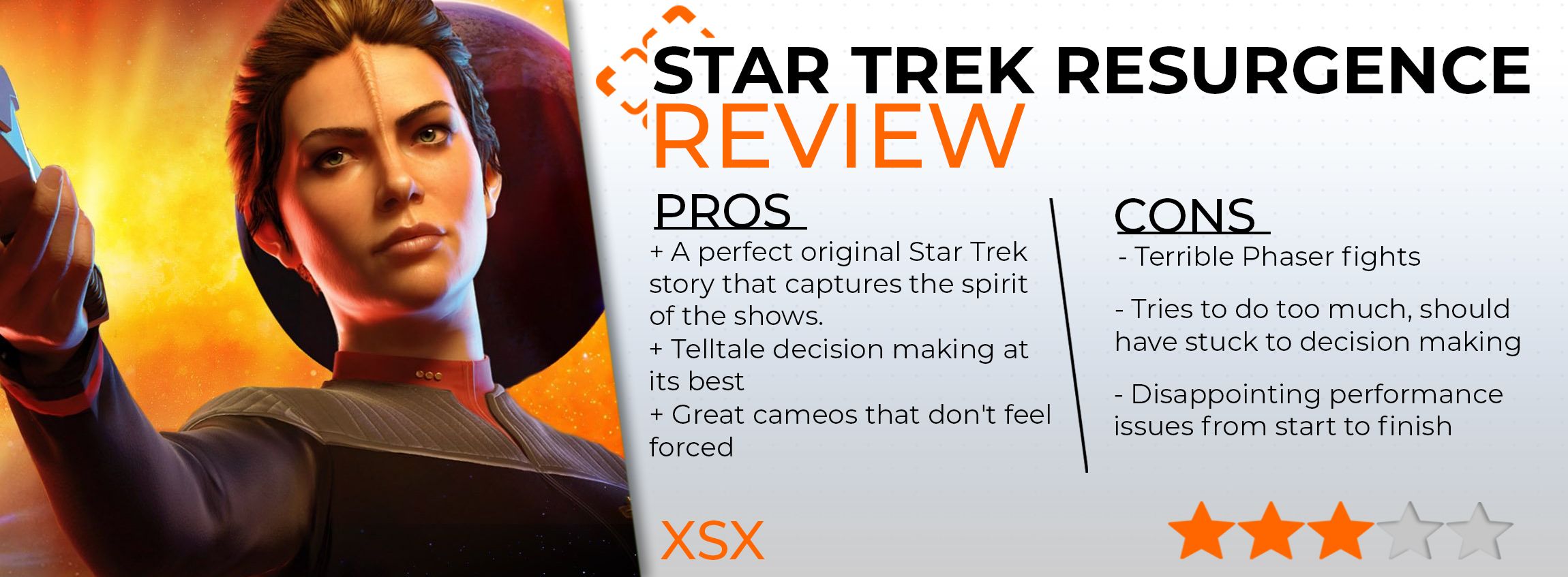Star Trek Resurgence has an identity problem. It’s a better Star Trek story than it is a Star Trek game, and its most important quality is the fantastic Telltale-esque mechanics. Strangely, it seems to be doing all it can to pretend it's not a narative game at all.
When Resurgence is good, it’s really good. With impossible decisions and a cast of instantly engaging characters, it has the makings of one of the best games of its genre. Yet it’s terrified of putting its best foot forward, and hides behind a bunch of features no one asked for.
At its best, Resurgence has you taking control of Commander Jara Rydek, First Officer of the USS Resolute, second in command to the most useless Captain in Starfleet history. Like all First Officers, you end up doing all the work, dealing with constant leadership decisions that determine the fates of you, your crew, and two warring factions.
The conflicts thrown at you are brilliantly complex and classic Star Trek problems. You can be any kind of commander you want, and it’s not even a binary decision. When the situation calls for it, you can be the calm and collected Jean-Luc Picard, valuing all viewpoints from your crew, and respecting all cultures no matter how much they conflict with human ideals. But the next minute, you’re Kathryn Janeway, putting the safety of your crew above all else, seeing it as your sworn duty to get them home, even at the expense of the mission.
Whatever you decide, you better be confident in it. Resurgence doesn’t shy away from holding up a mirror to your actions, showing you exactly the kind of person you’re playing and the effect that has on everyone else.
Most decision-based games have that one choice that sticks with you. Mages or Templars? Bae or Bay? Resurgence throws decisions of this gravity at you every minute in its more intense moments, and it's impossible to say which is the most significant. One leads to another, leaving you to wonder if sticking to the plan is good leadership, or just digging yourself into a deeper hole. Everything is connected, and it turns out that saving the galaxy is an incredibly intricate process. That’s not even getting into the complexities of getting along with your crew, which can be a hell of a lot harder than navigating through an asteroid field.
The regrets piled up as high as the victories as I made my way through the galaxy, yet I couldn’t pinpoint the moment where it all went wrong. Was it when a miscalculation led to one of my officers getting hurt? Or was the unrest among my crew set in stone when I undermined the captain in front of everyone? It’s not always obvious what you could have done differently, and that’s a true testament to how these decisions are implemented.
Sadly, this kind of thought-provoking gameplay can’t make up the entirety of the playthrough, as Jara Rydek is just one playable character. For a lot of the game, we’re playing as Petty Officer Carter Diaz who, despite great writing, represents the worst parts of Resurgence.
Diaz feels like he was shoved in after a focus group said the game needed more action. But whether you’re fixing a transporter or firing a phaser, Carter’s segments feel like useless filler to pad out the runtime. Almost every time the story took me back to Carter’s point of view, I resented it. This is Star Trek - I’m not here to shoot things. I’m here to sit in a chair and spout out a bunch of sci-fi nonsense in the hopes that stringing together the right technobabble will save the day. I’m up-to-date on my TNG, so of course, it did.
But Carter’s segments being boring are the least of his problems. Fitting in with the theory that his action-oriented missions weren’t part of the original pitch for Resurgence, he controls awfully. Fighting enemies is also fighting your controller, as if your DualSense gained sentience and worked against you. I can forgive clumsy controls when I’m walking through the bridge as Jara, because it’s at least taking me to the best parts of the game. Hell, I can even ignore the poor frame rate, or the audio freaking out every now and then. I can’t ignore this when I’m meant to be navigating a rail shooter, which will only take me to another minigame I don’t want to do.
Splitting the game up like this is a bizarre decision, given the history of the developer. Dramatic Labs is made up of a bunch of former Telltale staff, and this shines through its writing. It might even be my favourite use of Telltale-esque gameplay, complemented perfectly by a story that makes you feel powerful and powerless all at once. It’s the most immersive Star Trek experience put to gaming yet.
But rather than go all in on this, Resurgence is padded out with half-baked minigames taken straight out of a licenced game from the 2000s. It seems almost embarrassed of its strong writing, hiding behind it for a good portion of the game. I understand if the game’s length had to be stretched, given that this isn’t an episodic release, but there were far better ways to go about this.
The most obvious way is to look at the games that Telltale inspired. The Resolute is begging to get the Life is Strange treatment, where a world can be explored and interacted with before the story moves on. Most parts of Resurgence feel like they should be wider, opening up different perspectives on the story. I can think of no better setting for that than a Starfleet ship. Instead, you’re essentially on rails, taken from conversations to minigames on a linear path, rarely stopping to allow for the setting to open up as it should.
With all that said, the most disappointing part of Resurgence isn’t any technical problem or frustrating minigame, it’s how much you want it to succeed. Seeing it shine just to shy away behind tacked-on action is tragic, even if it isn’t enough to take away from this brilliant classic Trek story.
I truly hope that Dramatic Labs gets another go with the series, because it’s proven that it understands the heart and soul of Star Trek. It just needs to understand its own heart and soul, because that lies in how it spins a story, not how it throws a minigame together.
Score: 3/5. Played on Xbox Series S. An Xbox Series X/S code was provided by the publisher.
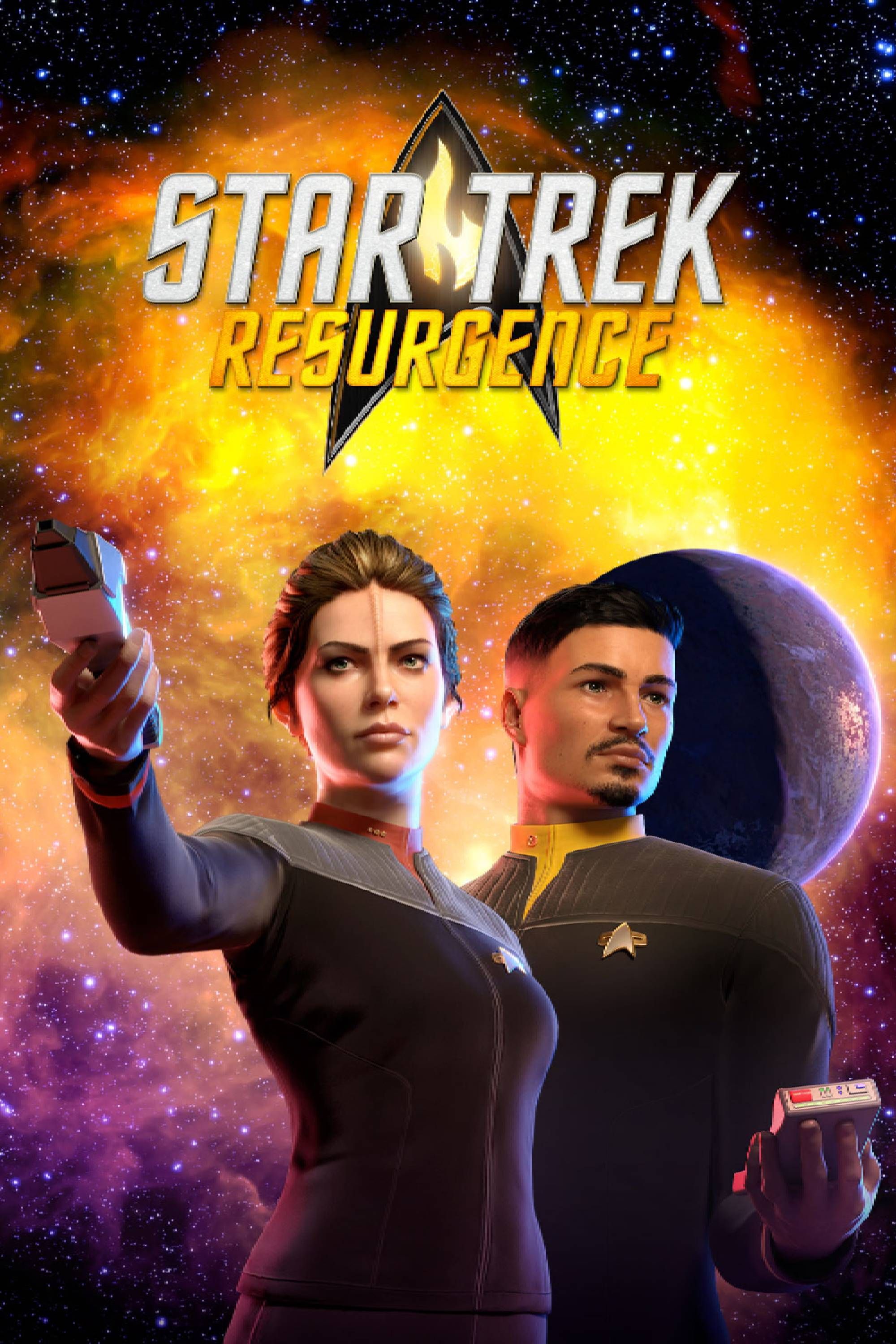
Star Trek: Resurgence
Star Trek: Resurgence is an adventure game that takes place in the wildly popular sci-fi universe that is Star Trek. You play two characters, Jara Rydek and Carter Diaz, and over the course of the story, you need to make quick decisions and dialogue choices that will dramatically affect the outcome of narrative situations.

